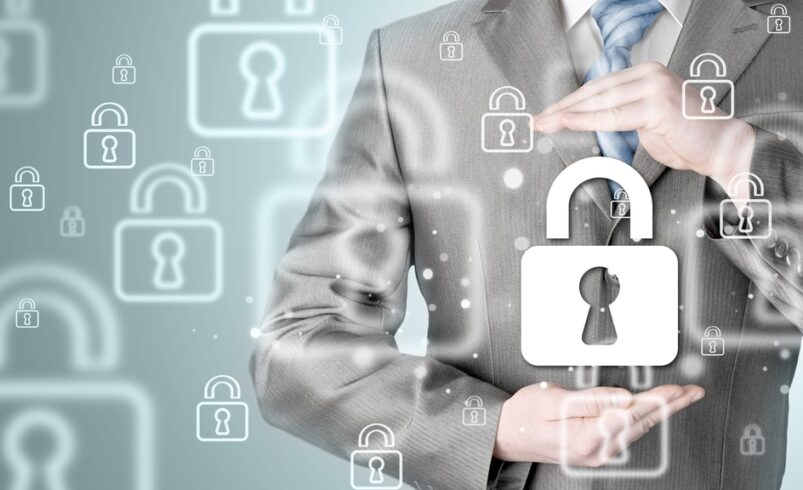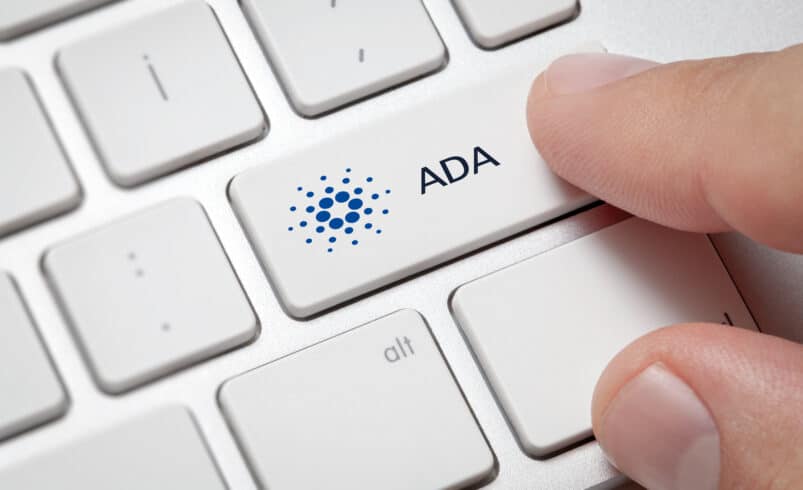The Comprehensive Guide to Two-Factor Authentication (2FA)

Understanding Two-Factor Authentication
In an era where digital security breaches are not just a threat but a common headline, protecting one’s virtual presence has never been more paramount. This is where Two-Factor Authentication (2FA) steps in as a formidable gatekeeper.
At its core, 2FA enhances your protection by asking for two distinct types of verification before you can enter your account. This process is akin to having a second lock for your door; even if someone has your key (password), they still need the second method to gain entry.
When you enable 2FA, the first factor is something you know, typically your password or PIN. The second factor is something you have, such as a mobile device or something you are, like a fingerprint or facial recognition. Together, these form a robust security protocol that significantly reduces the chances of unauthorized access.
The Imperative of Two-Factor Authentication
In today’s digital landscape, passwords alone no longer suffice for security. They can be guessed, cracked, or exposed through breaches. 2FA is not just an additional step; it’s a necessary evolution in digital security protocols. It safeguards against various attack methods, including phishing, social engineering, and brute force attacks.
With 2FA, even if your password falls into the wrong hands, it’s useless without the second factor. This dual-layer security is especially critical for protecting sensitive data like financial information, personal identification details, and private communications.
The Triad of Two-Factor Authentication
Two-factor authentication (2FA) can be segmented into three primary categories, each striking a distinct balance between ease of use and the security it affords.
- Something You Know: This includes passwords, PINs, and secret questions. It’s the most common authentication method but also the weakest due to its vulnerability to social engineering and hacking.
- Something You Have: This involves receiving a code on a device you own, such as a smartphone or security token. This method typically uses time-based one-time passwords (TOTPs) that expire quickly, which offers a good balance between security and convenience.
- Something You Are: This type of 2FA uses biometrics, such as fingerprints, facial recognition, or retinal scans. It’s the most secure form of 2FA because it’s unique to the individual and can’t be easily replicated or stolen.
Identifying the Most Secure Authentication Method
While each 2FA type offers enhanced security over traditional password-only systems, biometric authentication stands as the most secure. Its inherent advantage is that it is unique and intrinsic to the individual. Unlike passwords or devices, biometric traits are challenging to duplicate or steal. Biometric systems elevate ease of use since they eliminate the need to recall a passphrase or tote an additional gadget.
Even with the robustness of biometric verification, it’s crucial to acknowledge that no system is completely foolproof. Implementing a layered approach, using a combination of 2FA types, often provides the best security. Many systems now use biometric verification and a password or token to balance security with usability.
Best Practices for Implementing Two-Factor Authentication
To maximize the benefits of 2FA, consider the following practices:
- Enable 2FA on all accounts that offer it, especially those with sensitive information.
- Use a trusted device for receiving 2FA codes or confirmations, preferably something personal and not easily accessible to others.
- Be mindful of backup methods. If your second factor is a phone and it’s lost or stolen, ensure you have a secure backup option to regain access.
- It’s vital to inform everyone about the significance of 2FA and guide them in its correct application to prevent any breaches in security.
Conclusion
Two-factor authentication is a straightforward but formidable weapon in your cybersecurity toolkit. By demanding a second form of verification, 2FA significantly increases the difficulty for cyber intruders to compromise your accounts. With the rise of sophisticated attacks, enabling 2FA across your digital presence is not just recommended; it’s essential.
Incorporating a mixture of authentication methods, paying attention to security news, and staying vigilant about protecting your devices and data are the best ways to ensure your online identity remains secure.
DISCLAIMER: It's essential to understand that the content on this page is not meant to serve as, nor should it be construed as, advice in legal, tax, investment, financial, or any other professional context. You should only invest an amount that you are prepared to lose, and it's advisable to consult with an independent financial expert if you're uncertain. For additional details, please review the terms of service, as well as the help and support sections offered by the provider or promoter. While our website strives for precise and impartial journalism, please be aware that market conditions can shift unexpectedly and some (not all) of the posts on this website are paid or sponsored posts.









